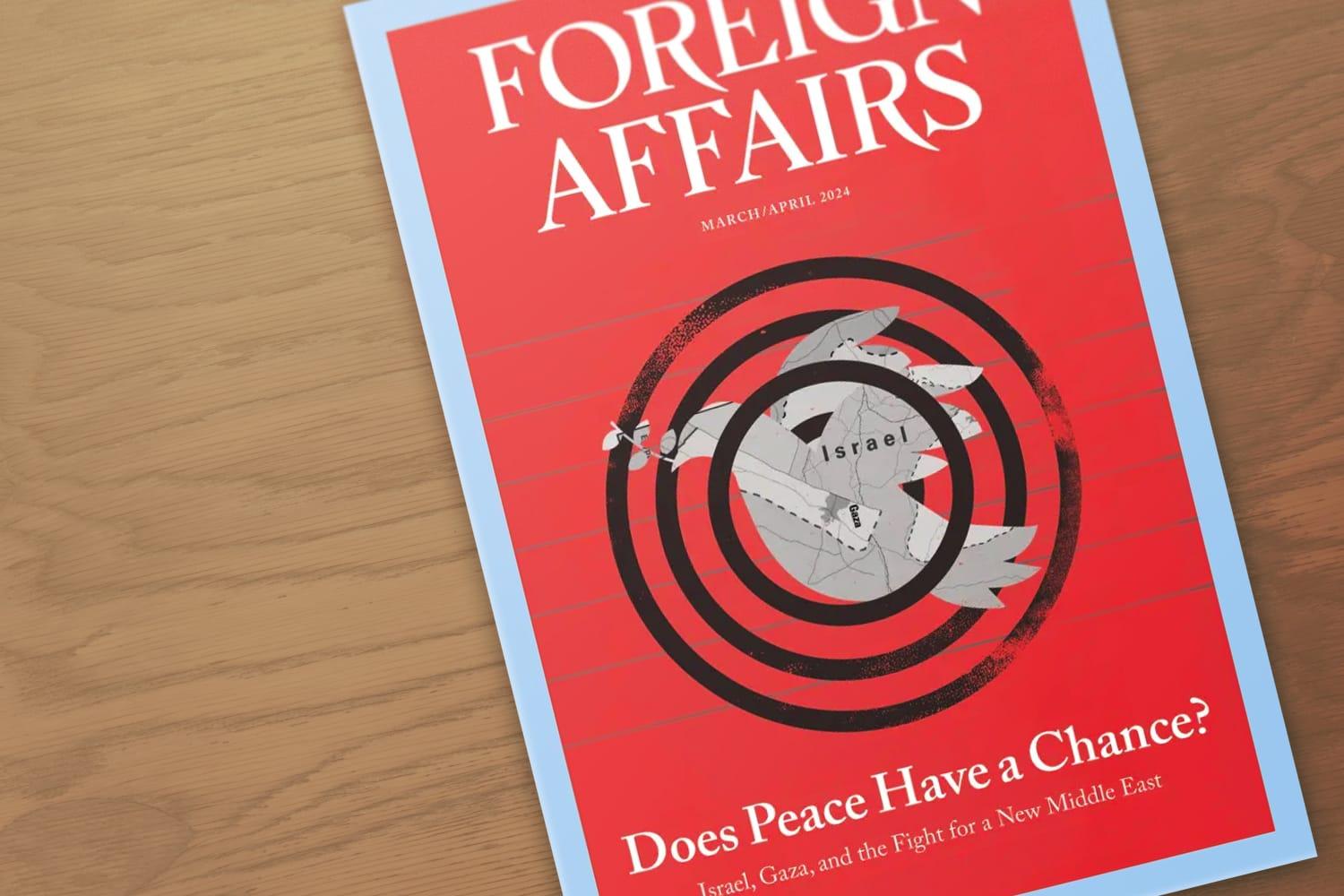Lowy Institute Board Member and former US ambassador to Israel Martin Indyk has an article in Foreign Affairs, published by the Council for Foreign Relations, arguing the enduring strength of a two-state solution to the Israeli-Palestinian conflict. We’re pleased to provide a guest link for free access to the article, below.
In the wake of the monstrous attack Hamas launched on Israel on 7 October and the grievous war that Israel has waged on the Gaza Strip ever since, the allegedly dead two-state solution has been resurrected. US President Joe Biden and his top national security officials have repeatedly and publicly reaffirmed their belief that it represents the only way to create lasting peace among the Israelis, the Palestinians, and the Arab countries of the Middle East. And the United States is hardly alone: the call for a return to the two-state paradigm has been echoed by leaders across the Arab world, the countries of the European Union, middle powers such as Australia and Canada, and even Washington’s main rival, China.
The reason for this revival is not complicated. There are, after all, only a few possible alternatives to the two-state solution. There is Hamas’s solution, which is the destruction of Israel. There is the Israeli ultra-right’s solution, which is the Israeli annexation of the West Bank, the dismantling of the Palestinian Authority (PA), and the deportation of Palestinians to other countries. There is the “conflict management” approach pursued for the last decade or so by Israeli Prime Minister Benjamin Netanyahu, which aimed to maintain the status quo indefinitely – and the world has seen how that worked out. And there is the idea of a binational state in which Jews would become a minority, thus ending Israel’s status as a Jewish state. None of those alternatives would resolve the conflict – at least not without causing even greater calamities. And so if the conflict is to be resolved peacefully, the two-state solution is the only idea left standing.
All that was true before 7 October. But a lack of leadership, trust, and interest on both sides – and the repeated failure of American efforts to change those realities – made it impossible to conceive of a credible pathway to a two-state solution. And doing so now has become even more difficult. The Israelis and the Palestinians are angrier and more fearful than at any time since the outbreak of the second intifada in October 2000; the two sides seem less likely than ever to achieve the mutual trust that a two-state solution would require. Meanwhile, in an age of great-power competition abroad and political polarisation at home, and after decades of failed diplomatic and military interventions in the Middle East, Washington enjoys far less influence and credibility in the region than it did in the 1990s, when, after the collapse of the Soviet Union and the US-led eviction of the Iraqi dictator Saddam Hussein’s army from Kuwait, the United States kick-started the process that eventually led to the Oslo accords.
And yet, as a result of the war in Gaza, the United States finds itself with a stronger need for a credible process that can eventually lead to an agreement, and stronger leverage to transform the resurrection of the two-state solution from a talking point to a reality. Doing so, however, will take a significant commitment of time and political capital. Biden will have to play an active role in shaping the decisions of a reluctant Israeli ally, an ineffective Palestinian partner, and an impatient international community. And because what he will be pushing for is an incremental approach that would achieve peace only over a lengthy period, the two-state solution needs to be enshrined now as the ultimate objective in a US-sponsored UN Security Council resolution.
For free access to the rest of this essay, please follow this link.

